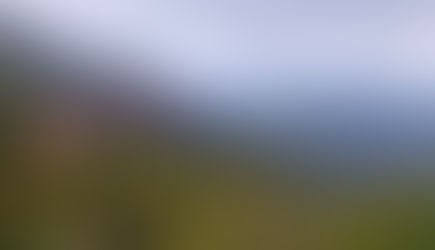FRANCIS BACON, THE ROYAL ACADEMY, LONDON
- Eleni Kyriacou
- Apr 5, 2022
- 2 min read
Updated: Aug 31, 2022
As a result of the pandemic, 2 years is the longest amount of time I have not ever been to London, all my life. So, it was wonderful being back and a lot had changed, mostly positive. However not all changes made me happy, I was quite shocked that the cost of exhibitions was even more expensive than I remembered. I paid 25 GBP to see a Bacon “retrospective” that only spanned about 3 halls. I think I basically paid a pound for every painting I saw, which was a little bit of a joke.
Unsurprisingly I thought it was fantastic, and it was the first time I had ever seen a substantial body of Bacon’s work all at one time. The main thing that struck me, which I hadn’t been aware of before was the stark contrast between his early work and later work. I realised how much better his earlier work was. And since his earliest work was his best work, seeing it alongside the later work made one realise how incredibly inferior his later work appeared to be. Work which I used to think was great, I in fact realised was only a shadow of what he was truly capable of at his best. His early work is deeply supernatural and psychological. One work in particular; a black and white painting of what appears to be two male lovers in bed, was by far my favourite work in the exhibition. It is indescribably powerful when you are in front of it, experiencing it. There is so much depth to that work and to others of the earlier period. Their mood is deeply captivating. However, the later work feels very consciously stylised and almost decorative in comparison, and I daresay, he begins to commit the greatest sin I think an artist can commit, he begins to repeat himself. For the first time I felt disappointed with Francis Bacon. As blown away as I felt by the earlier work, I was then let down with the later work.
An element of Bacon’s work that I hadn’t ever really registered before, which is very much highlighted in this exhibition is the inclusion of a ‘cage’ in many of his works. A transparent cube or space normally suggested with a few fine lines, is it a room? Is it a cage? Is it a stage? It is an element he was able to re-contextualise many times conveying varying possible meanings, and yet it is consistent, as the sense of enclosure, be it physical or mental, is always indicated and felt on some level because of it.
Personally, I found the exhibition analysis of his work, in reference to animals, oversimplistic. Even though animals may have been his visual reference and source, his work went far beyond the exploration of animal nature and that of human nature in reference to animal nature as discussed. The creatures he depicts could be aliens, mythical creatures, or beings of the subconscious imagination and so on. I didn’t like the way the exhibition text was trying to guide a visitor on how to experience his work. In general I like an exhibition text to provide information without trying to dictate a certain kind of analysis of the art as that can immediately create a limitation for the visitor’s experience.












































































Comments